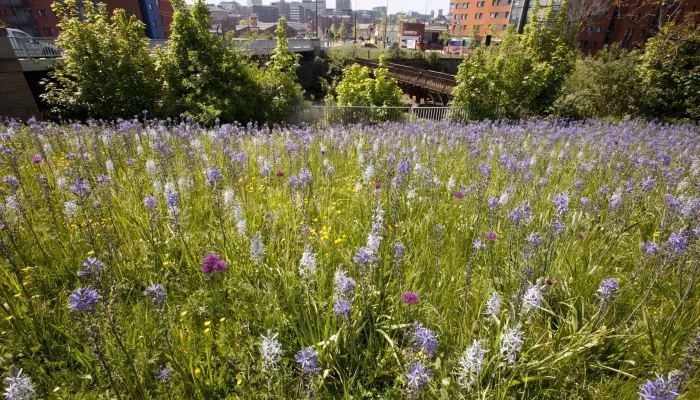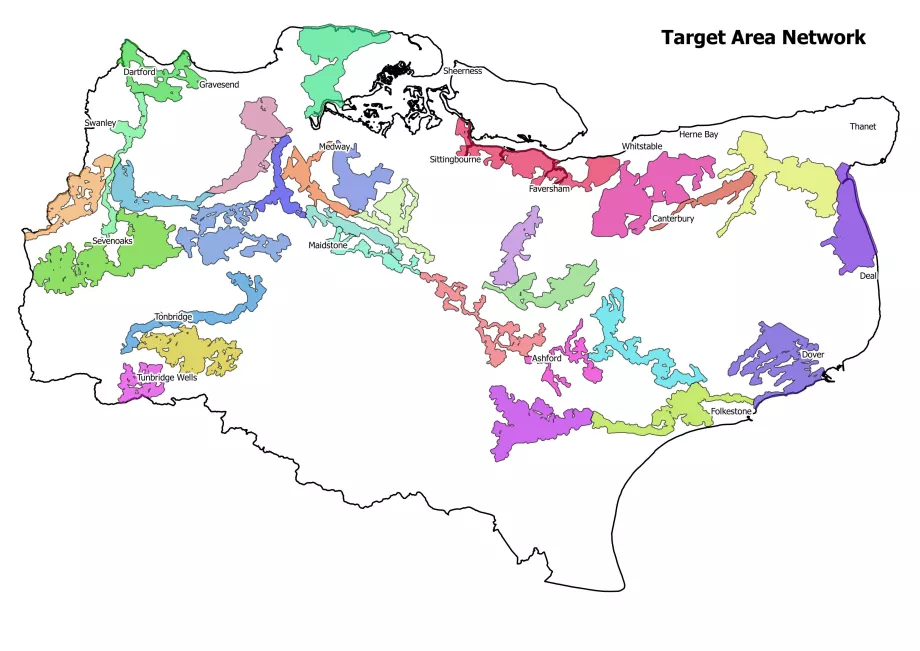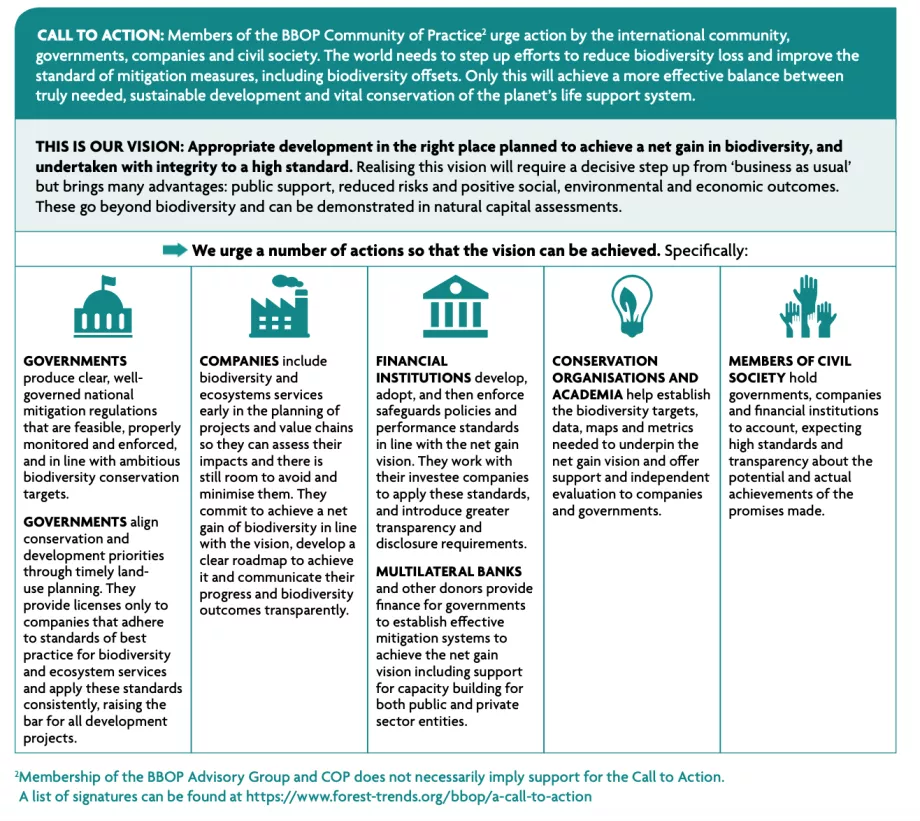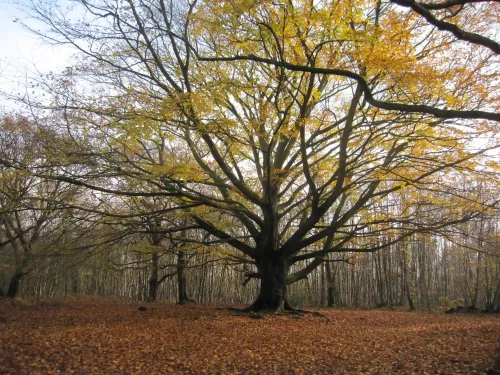
10 must-visit Kent woodlands
Be sure to check out these 10 woods whilst exploring Kent, each offering something a little different across the county.


Biodiversity Net Gain target areas
But, a larger question for us in the South East of England (with the number of houses potentially coming our way, and the competing alternative uses for the land that might be required to achieve the scale of offsetting that might be required) is ”do we have enough space” to do it?
The answer here is, again, nuanced. There may well be, if we properly set it aside for nature long-term via proper land use planning that prioritises wildlife to achieve the degree of offsetting that’s going to be required. In Kent, this will mean making sure that BNG becomes a funding stream to make the Nature Recovery Network into something real. Indeed it could help us achieve Kent Wildlife Trust’s vision of 30% of the county with thriving wildlife. Our analysis (see map above) suggests that it is achievable if there is sufficient political will.
On the latter, BNG has been used in other countries for quite some time; and the Biodiversity & Business Offsets Programme (BBOP) has provided a detailed analysis of what’s required to make it work (see image below. Click on image to see original document on page 10).

This shows what’s required in terms of the wider support frameworks if we’re going to succeed. The good news is that Kent Wildlife Trust, and the Wildlife Trusts nationally, are well placed to influence all the necessary bits of the jigsaw to make it succeed.
The bad news is that government, at the moment, seems willing to mandate BNG for house builders but has exempt “Nationally Significant Infrastructure Projects” (NSIP) from it – witness the wholly inadequate mitigation plans for HS2 – which seems to skip ‘avoidance’ entirely - given the proposed route goes through some 108 ancient woodlands, 33 SSSI’s and 693 Local Wildlife Sites! This is something that needs to be changed. We can only hope that potential projects like the Lower Thames Crossing decide to deliver proper BNG voluntarily. Our experience in Kent has been somewhat mixed to date, even with NSIP developers who should understand this agenda fully, for example, connections to wind farms across Sandwich & Pegwell bay, and solar farms at Cleve Hill.
Meanwhile, however, Kent Wildlife Trust has to work with what we’ve got and will, therefore, need to work at multiple levels to try and ensure that Biodiversity Net Gain delivery sews into broader long-term conservation objectives – taking the international learning and applying it locally. Biodiversity Net Gain is not a stand-alone solution to the biodiversity crisis but it is a potential contributor to minimising further damage and, potentially, a key component of building a more comprehensive solution on-the-ground whilst society and politicians catch up with the magnitude of habitat restoration that is required to tackle the interlinked Climate and Nature Crises.
Through our recent restructuring at Kent Wildlife Trust we’re now very well placed to make Biodiversity Net Gain work for wildlife in our county.
Kent Wildlife Trust and our Consultancy will deliver more for wildlife than commercial consultancies. The latter are about generating profit. Any money we make goes back into conservation. This is our USP, and one of the reasons we’re an attractive delivery partner for developers and local authorities alike.
To restore nature at scale society needs to Protect; Restore; and Fund.
Biodiversity Net Gain can play a part at all 3 levels. It should work for wildlife. We have a duty to make sure it does now that it’s here. The potential for real benefits cannot be ignored. Kent Wildlife Trust will work to make sure it has the maximum possible positive impact.

Be sure to check out these 10 woods whilst exploring Kent, each offering something a little different across the county.

Since bison were released into West Blean and Thornden Woods on the outskirts of Canterbury, they have not only transformed the landscape but significantly grown in number.

Natasha Ruskin explores something terrifying: a world without woodlands.